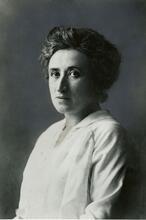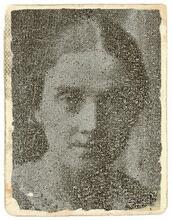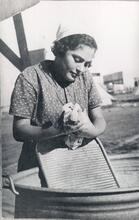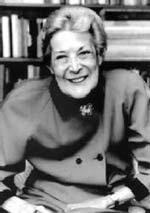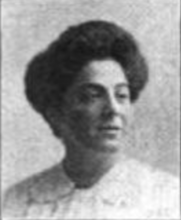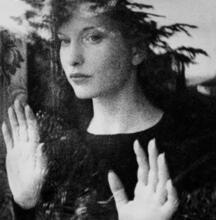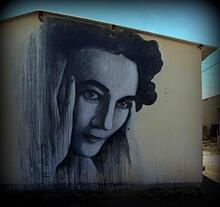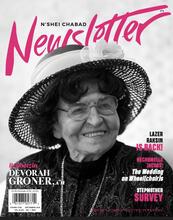Manya Gordon Strunsky
Manya Gordon Strunsky was a social activist and a respected writer on political and social issues. Born in Kiev, she immigrated to New York City as a teenager and studied at Columbia University. She was active in the American branch of the Russian Socialist Revolutionary Party, advocating the overthrow of the czar. More important, she became involved in the effort to bring Jews from czarist Russia to the United States during the peak years of Eastern European Jewish immigration. After the Bolshevik Revolution in 1917, she wrote a number of articles about the new communist nation for prestigious journals and two books about the Russian Revolution.
Article
Manya Strunsky, better known under her maiden name of Manya Gordon, was a social activist and a respected writer on political and social issues.
Born in Kiev around 1882, she and her family immigrated to New York City in 1896. In her early years, she was educated at home; she later attended history and drama classes at Columbia University.
As a young woman, she was active in the American branch of the Russian Socialist Revolutionary Party, advocating the overthrow of the czar. More important, she became involved in the effort to bring Jews from czarist Russia to the United States during the peak years of Eastern European Jewish immigration. Once the immigrants were on American soil, Strunsky helped them to become settled and find employment.
After the Bolshevik Revolution in 1917, she wrote a number of articles about the new communist nation for such prestigious journals as Harper’s Magazine, the North American Review, and the Forum. In later years, she was a literary critic for the Saturday Review of Literature.
She married journalist Simeon Strunsky, a member of the editorial board of the New York Times. The couple had two children, Robert and Frances.
Strunsky’s scholarly reputation (or, more accurately, notoriety) largely rested on two major works that she published toward the end of her life. Workers Before and After Lenin (1941) is a highly readable account of the economic conditions prior to and following the Russian Revolution. Strunsky’s sympathies for the aims of the communists are obvious; however, the book is empirical and objective, and she spares no harsh criticism of Lenin and Stalin’s repressive tactics. Her second book, How to Tell Progress from Reaction, was published in 1944.
She died in New Canaan, Connecticut, on December 28, 1945.
SELECTED WORKS BY MANYA GORDON STRUNSKY
How to Tell Progress from Reaction (1944)
Workers Before and After Lenin (1941).
AJYB, 48:501.
Obituary. NYTimes, December 29, 1945.

